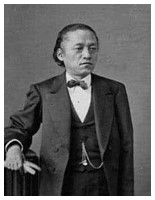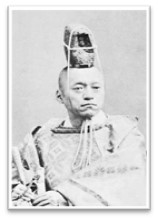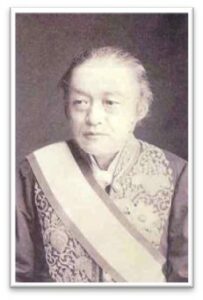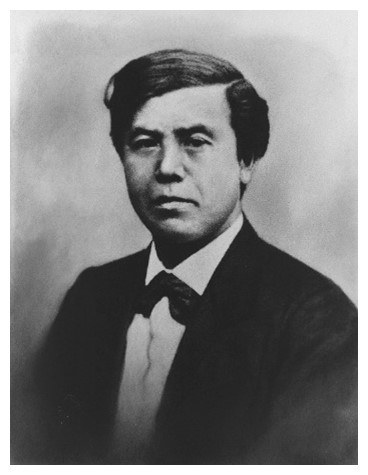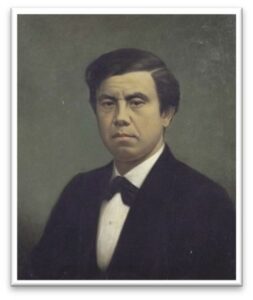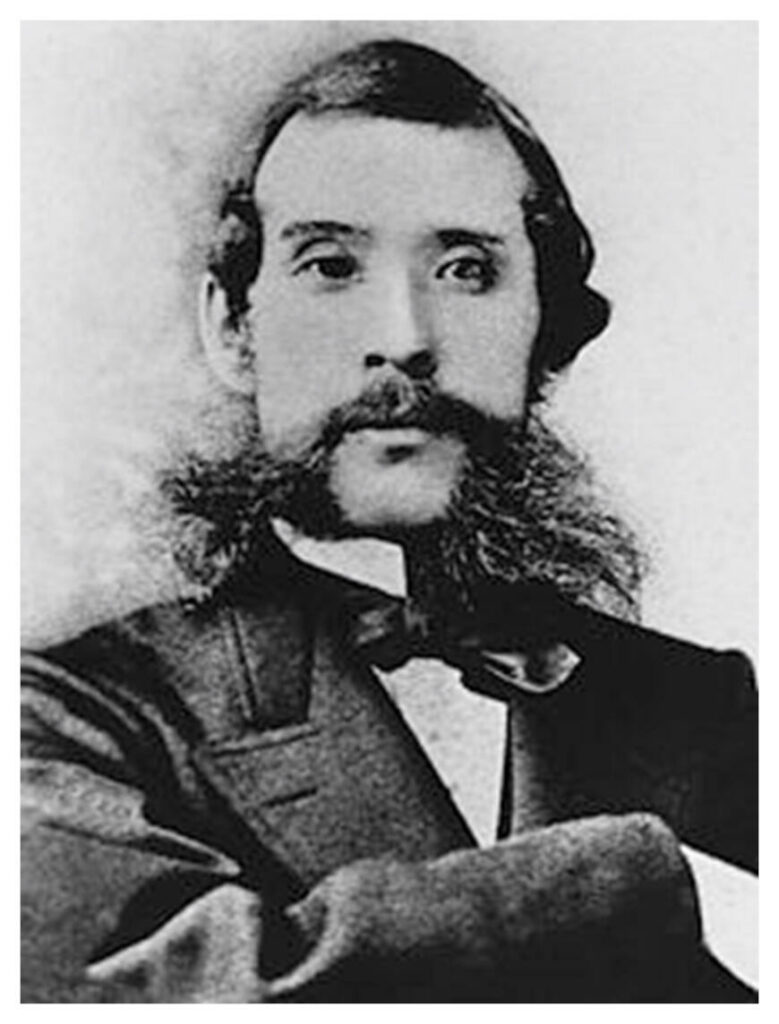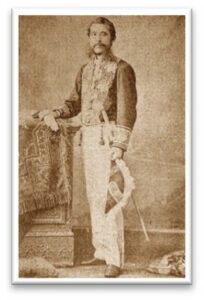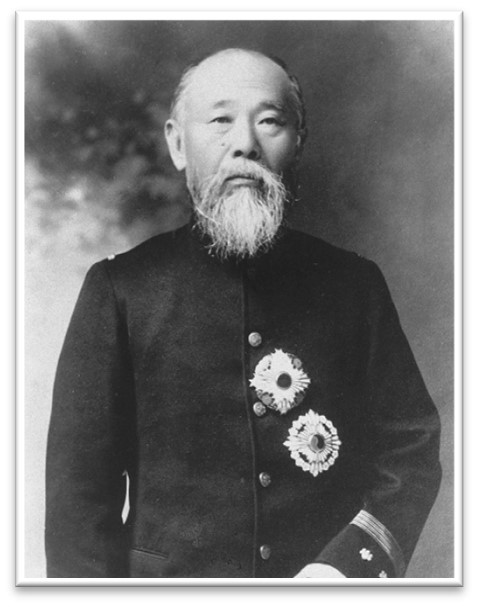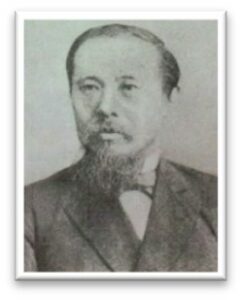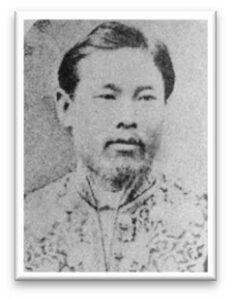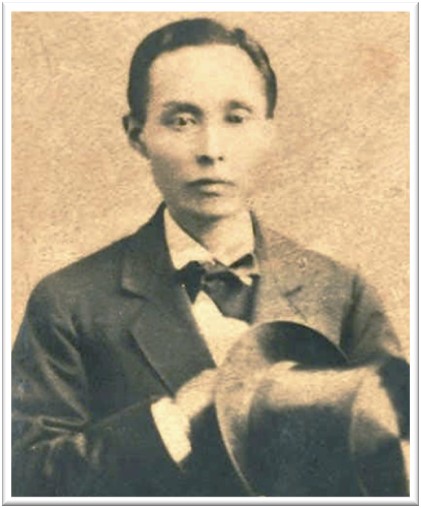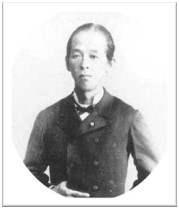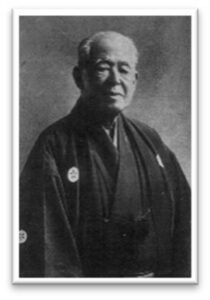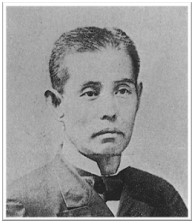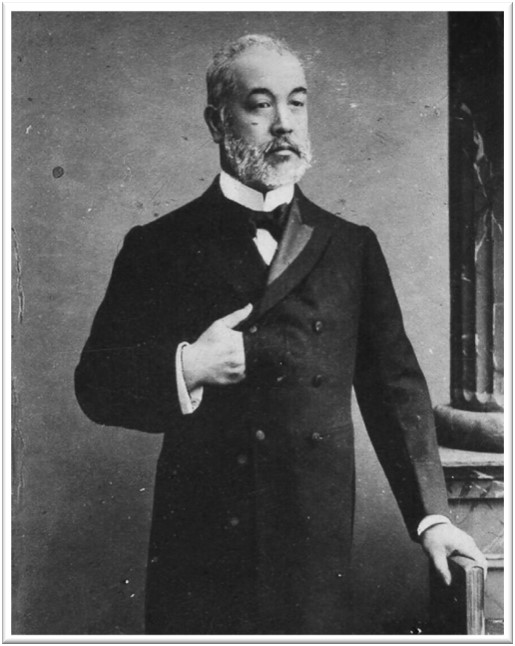岩倉使節団名簿
岩倉具視
Ambassador Plenipotentiary
岩倉具視(1825ー1883)は裕福で支配力の有る岩倉家の子息、且つ跡取りとして養子にもらわれました。時が経つにつれ、明治維新(1868)をもたらした小グループの陰謀家の一員としての地位を確立し、それまで続いた幕府の治世を終わらせる事になりました。明治天皇の興望を利用して近代化を進める新しい指導者達は西洋思想の中でも特に教育、政治、経済、法律等の制度を研究する事を目指しました。この為、岩倉は多くの西洋諸国を視察訪問する50名以上の政府高官を率いる代表団の団長として選ばれました。 使節団の表向きの任務は不平等条約改正でしたが、近代化された米国やヨーロッパの国々を隈なく視察観察した事は、新しく確立された明治政府の一種の文化外交として役立ちました。帰国後、岩倉は明治憲法を実施する為の政策を作り、旅の間に目撃した事を生かし、日本の近代化を進める事に取り組みました。
久米邦武
久米邦武 (1839ー1931)は岩倉使節団に招聘され、岩倉具視の秘書、旅行記の編集者、旅の公式記者など、多くの役割を果たしました。彼は畠山義成の通訳で2年間の長い旅の間に何千人もの人々に聞き取り調査を行いました。この聞き取り調査やその他の観察に基づき、久米は統計書、概説書、地理歴史書を編集しました。彼の日本政府への公式報告書「特命全権大使米欧回覧実記」(特命全権大使が米国とヨーロッパで経験した旅の真の観察)は、1878年に5巻にまとめられました。この公式出版物の中に久米は、代表団の立場を必ずしも反映していない沢山の私的な観察を加えました。それにもかかわらず、彼の報告書は政府と国民の双方から好評を博し、国家代表議会の役員に昇格しました。
岩倉使節団名簿 (46)
特命全権大使
- 岩倉具視
副使官
- 木戸孝允
- 大久保利通
- 伊藤博文
- 山口尚芳
一等書記官
- 田辺太一
- 何礼之
- 福地源一郎
二等書記官
- 渡辺洪基
- 小松済治
- 林董三郎
- 長野桂次郎
三等書記官
- 川路寛堂
四等書記官
- 安藤太郎
- 池田政懋
大使随行
- 久米邦武
- 中山信彬
- 内海忠勝
- 野村靖
- 五辻安仲
理事官
- 田中光顕
- 東久世通禧
- 山田顕義
- 佐佐木高行
- 田中不二麿
- 肥田為良
随行
- 村田新八
- 由利公正
- 原田一道
- 長與專齋
- 安場保和
- 若山儀一
- 阿部潜
- 沖守固
- 富田命保
- 杉山一成
- 吉雄永昌
- 中島永元
- 近藤鎮三
- 今村和郎
- 内村公平
- 大島高任
- 瓜生震
- 岡内重俊
- 中野健明
- 平賀義質
References:
Kume, Kunitake. Japan Rising: The Iwakura Embassy to the USA and Europe, edited by Chushichi Tsuzuki and R. Jules Young. Cambridge: Cambridge University Press, 2009. doi:10.1017/CBO9780511721144.
Tanaka, Akira. Iwakura Shisetsudan No Rekishiteki kenkyū. Iwanami Shoten, 2002.
Nish, Ian. The Iwakura Mission in America and Europe: A New Assessment. Routledge, 2008.
“人名を見る.” -明治150年 インターネット特別展- 岩倉使節団 ~海を越えた150人の軌跡~, 国立公文書館, https://www.jacar.go.jp/iwakura/person/index.html.

